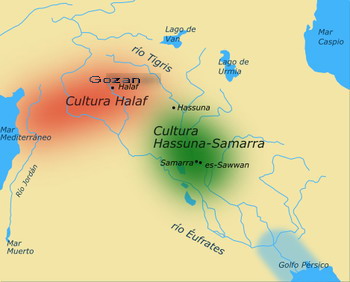BHR-63
Brit-Am Historical Reports
9 February 2011 5 Adar-Aleph 5771
Contents:
1. Max von Oppenheim and Gozan of Edom, Syria, and Israel.
2. Archaeology: Brit-Am Version of Explorator 13.42
3. New Evidence that Scandinavian "Stone Age" Finds were still produced in Viking Times???
Vikings revered Stone Age objects
|
Brit-Am Discussion Group |
Contents by Subject |
Research Recognition Reconciliation Contribute |
|
Site Map Contents in Alphabetical Order |
This Site |
1. Max von Oppenheim and Gozan of Edom, Syria, and Israel.





